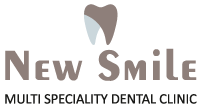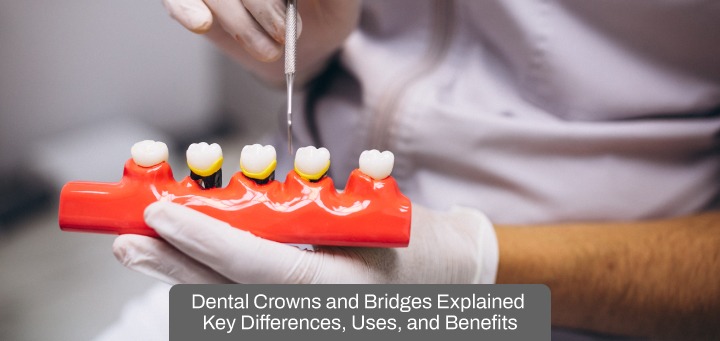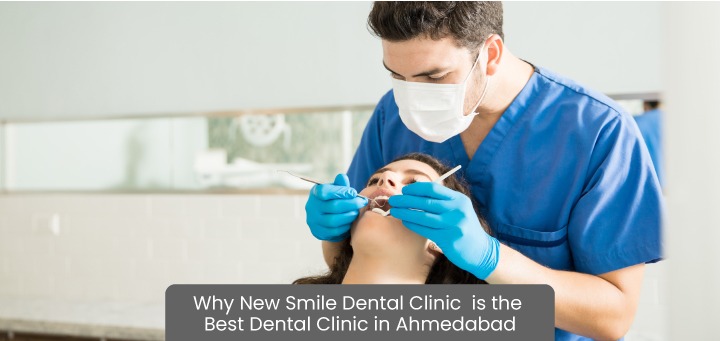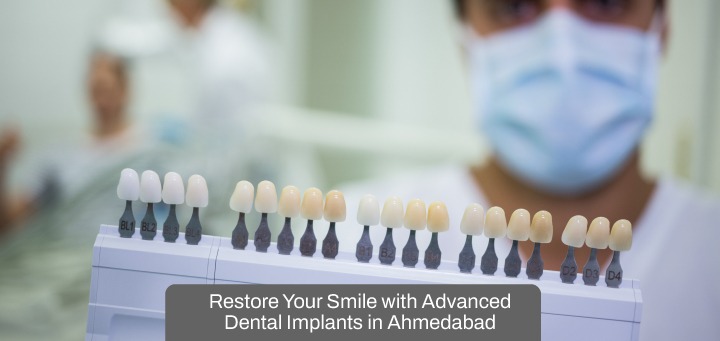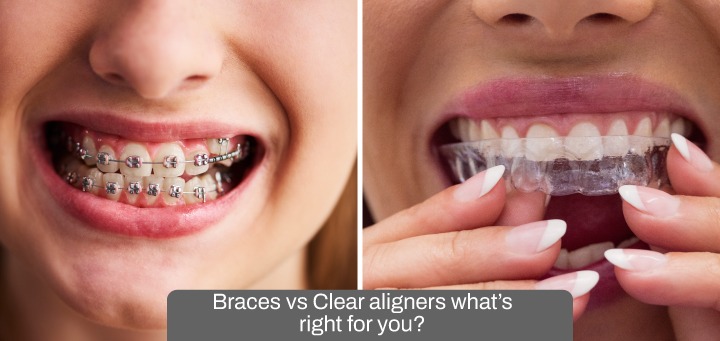Dental restorations have advanced considerably in repairing smiles, re-establishing oral function, and improving self-esteem. Dental crowns and bridges are two of the two most recommended dental restorations suggested by dentists. They are routinely referred to simultaneously, but each has a specific role in the remediation of missing or damaged teeth.
What Is a Dental Crown?
A dental crown is a custom-made restoration shaped like a cap that is placed over a damaged, decayed, or weak tooth. The crown is shaped by the crown factory to cover the entire part of the tooth that is above the gum line, thereby restoring the shape, size, strength, and appearance of the tooth.
Common Reasons for a Crown:
- To protect a weak tooth from fracturing
- To restore a broken or worn tooth
- To cover a tooth that has a large filling
- To enhance the appearance of a discolored or misshaped tooth
- To finish a dental implant
- To hold the dental bridge in place
What Is a Dental Bridge?
Bridges render a restoration that replaces one or more missing teeth. A bridge consists of one or more artificial teeth (pontics) that are fixed in place by dental crowns on the natural abutment teeth or implants. The supporting teeth are called abutments.
Common Types of Bridges:
- Traditional bridge: Supported by crowns on natural teeth on either side
- Cantilever bridge: Supported by a crown on only one side
- Maryland bridge: Uses metal or porcelain wings bonded to the back of adjacent teeth
- Implant-supported bridge: Supported by dental implants instead of natural teeth
Key Differences Between Crowns and Bridges
|
Feature |
Crowns |
Bridges |
|
Purpose |
Restore or protect one tooth |
Replace one or more lost teeth |
|
Structure |
A cap over one tooth (only one cap) |
Multiple units inclusive of pontics & abutments |
|
Support |
Fit over tooth or implant |
Anchored to adjacent teeth or implants |
|
Use Case |
Broke or decayed tooth; tooth that is weak |
Missing teeth with healthy adjacent teeth |
|
Lifespan |
10–15 years with proper care |
10–15 years, and then some, with good hygiene |
Benefits of Dental Crowns:
- Provide strength and a protective covering for weak or compromised teeth
- Improve the appearance of damaged or discolored teeth
- Restore function for chewing and speech
- Long-lasting with proper maintenance and care
Benefits of Dental Bridges:
- Fill gaps created by missing teeth
- Prevent teeth from shifting out of alignment
- Maintain contour and shape of the face and bite
- Restore function for chewing and speech
Caring for Your Crowns and Bridges
Good oral hygiene is essential to extend the life of your dental restorations. Here are a few care tips:
- Use fluoride tooth paste to brush your teeth twice a day for at least two minutes.
- Floss every day. Includes cleaning under the bridge with special flossers.
- Avoid food that is; hard (like JB, Break Hard Candy), that can chip or restore.
- Go to your dentist on a regular basis for a checkup and cleaning.
Final Thoughts
Whether the treatment is for function or appearance, dental crowns and bridges have always been a reliable way to restore a natural smile. Crowns are typically the best option when protecting and restoring the function of a single tooth, while bridges help eliminate the gap that one or multiple missing teeth create. Your dentist will discuss your oral health situation, and provide the best option for you.
At New Smile Dental Clinic, we specialize in crown & bridges treatment in Ahmedabad, helping you restore function and beauty to your smile with personalized care you can trust.
